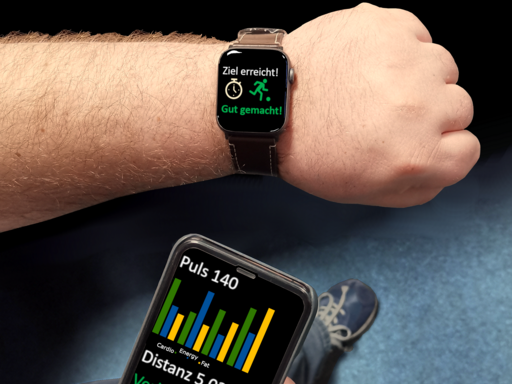Late last month the FDA issued a warning to consumers to not use smartwatches or smart rings to measure their blood glucose levels since they have not been cleared by the FDA to check safety and efficacy. This warning is specifically for devices that claim to measure blood glucose without a device piercing the skin, distinctly different from other blood glucose monitors and continuous glucose monitors (BGMs and CGMs) that display glucose measurements on your phone from regulated medical devices that take measurements from the blood.
This made me recall the Owlet smart sock for remote baby monitoring. They received a warning letter in 2021 from the FDA since they were marketing an unregulated medical device. This initiated a recall, however Owlet has since bounced back with De Novo clearance for the pulse oximeter function. This example had me thinking more about a right-sized approach to seeking approval.
There is a tension between innovation and risk in the medical space. Risk not only includes risk to patients and users, but perceived risk to company reputation in the eyes of health authorities such as the FDA, and shareholders.
The examples of the unapproved smartwatch glucose monitors, or Theranos’ diagnostic machine, highlight the worst approach of innovation at complete disregard for safety. The insult to injury is these companies are placing high-risk devices in patient care settings, with no evidence of safety or efficacy, while a safe and approved standard-of-care is readily available.
In contrast, the Owlet example gives me pause. This company placed a low-risk technological solution in place where no solution existed. Parents would go to bed with their child in another room, and tragedy could strike overnight silently. Zooming out, it felt like the worst-case failure mode of the Owlet device (not detecting the pulse of the child) was actually the status quo for American parents.
At the end of the day, I am a rule follower. I believe in the regulations, both within the US and globally, that guide medical device design, development, manufacturing, and market authorization. Where Owlet went wrong was skipping these steps and going straight to market. Rewriting their story feels like a way we can push faster on innovation, while remaining in compliance. Tech companies need to hire experienced professionals to efficiently push their product through the required medical device quality and regulatory processes.
Where established companies (the big players) get tied up is being scared of smart risk, in some instances preferring to rely heavily on pre-submission inquiries with health authorities. The FDA and Notified Bodies seem to be overloaded in the wake of the pandemic, as well as the EU MDR requirements going into effect. Particularly with written descriptions and feedback, context can be lost. This can result in companies getting “the wrong answer to the wrong question” type of feedback that can hinder progress.
Where I would love to see the industry go as a whole for low risk, innovative devices is to put together lightweight, compliant packages and seek the appropriate approval necessary. This requires companies to take personal responsibility for the safety and efficacy of the device, as well as accepting some smart risks during the approval that you didn’t “ask permission” in advance. Overall this will benefit patients the most – more innovative solutions getting to market, less burden on health authorities, and the companies closest to the product, who know the risks and benefits, taking accountability.
Notes:
These are personal views that don’t represent any company. Image source: https://commons.wikimedia.org/wiki/File:Smartwatch-health2.png
